The Fundamentals of Making Fondue
If I could live off of cheese alone? I would eat cheese for breakfast, lunch, and dinner. And there is absolutely no better way to eat cheese than fondue! Fondue is actually a fairly easy dish to make. I consider it simpler than a roux because it has far less chance of breaking and a little bit more wiggle room for error.
Making fondue can be daunting at first, though! I know more than a few people who have absolutely failed to make it on their first try. The thing with fondue is that it can be easy to overcomplicate it. When you get down to the basics, you're really just heating wine and slowly melting in corn starch-covered cheese. So, once you've decided on your cheese, picked out a wine, and tracked down some kirsch? All that you really need is a recipe with simple instructions.
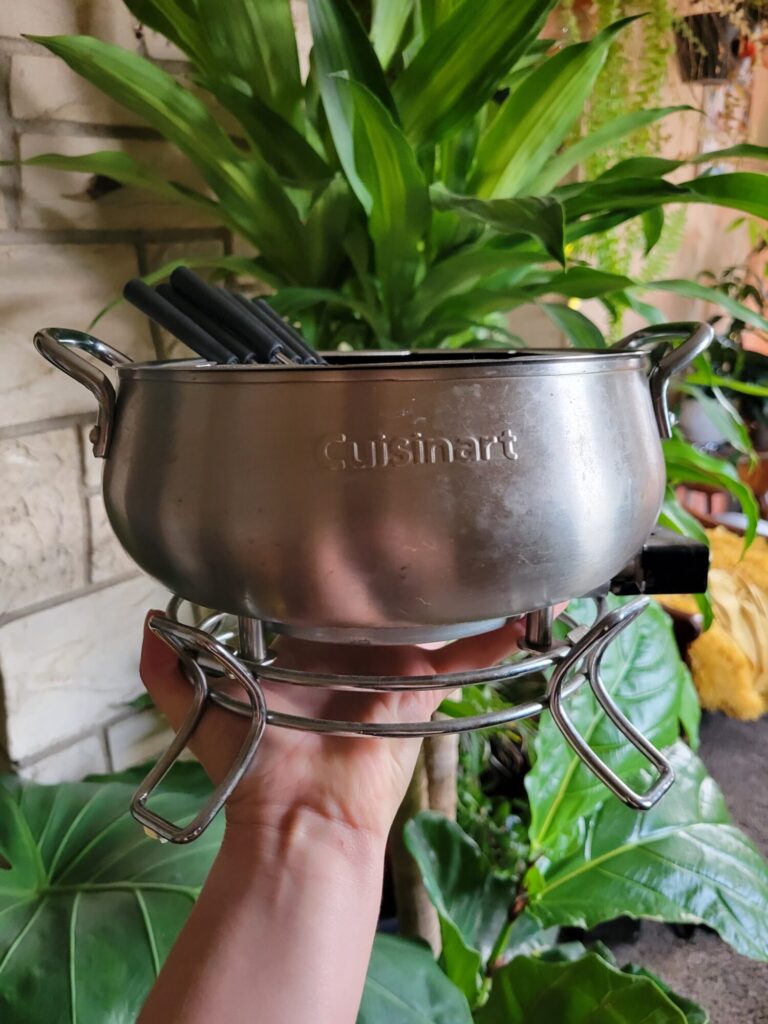
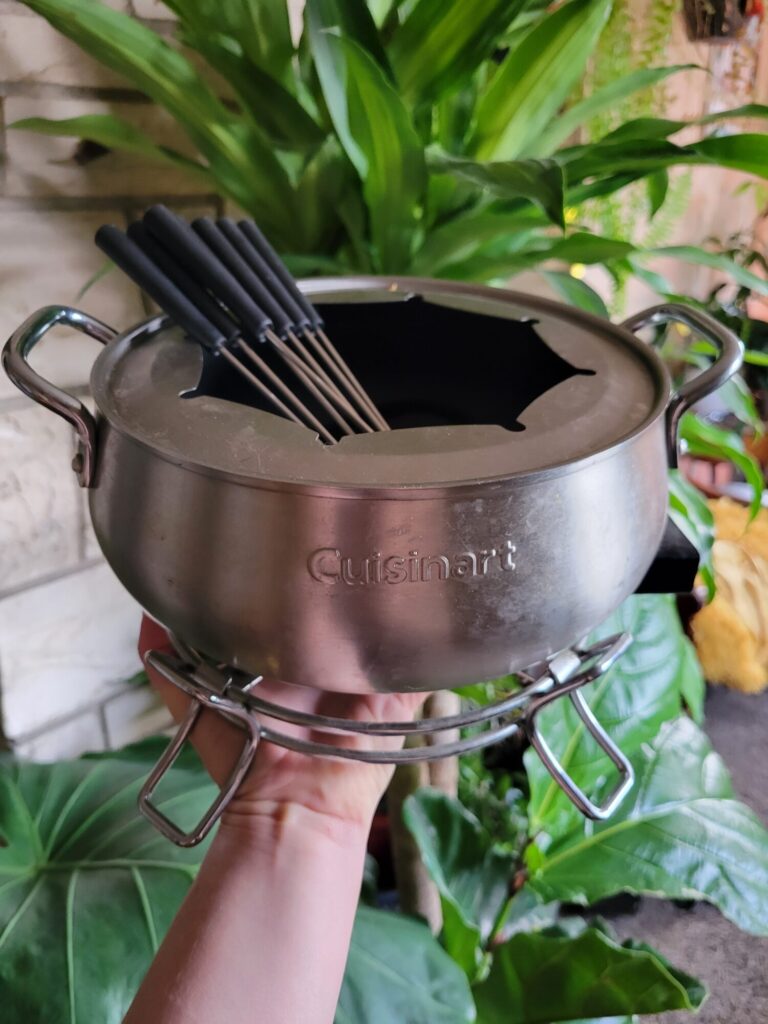
Do You Need a Fondue Pot?
No! I have a fondue pot and even I don't use it every time that I make fondue. They're nice to have because it keeps the cheese warm and in a liquid state. Although you absolutely don't need one to make fondue.
I'll oftentimes just stand over my stove and eat it straight out of the pan. Just make sure that you don't actually touch the pan and burn yourself.
You can also just pour the fondue into any sufficiently-sized bowl and just eat it before the cheese cools down and begins to solidify.
Butter warmers with a candle, like for dipping crab, also work fairly well. You can't adjust the temperature like you can with a fondue pot. You might have to blow out the candle periodically to keep it from getting too hot and starting to simmer again! But butter warmers are an entirely valid options. I even have a rather large one that would work pretty well for communal fondue.
It's also important to note that you don't make fondue in a fondue pot. I've known people who've tried this and it absolutely does not work! Fondue pots, as fancy as they make you look, are simply meant to keep the fondue warm while you eat it. You're going to need a saucepan and a stovetop.
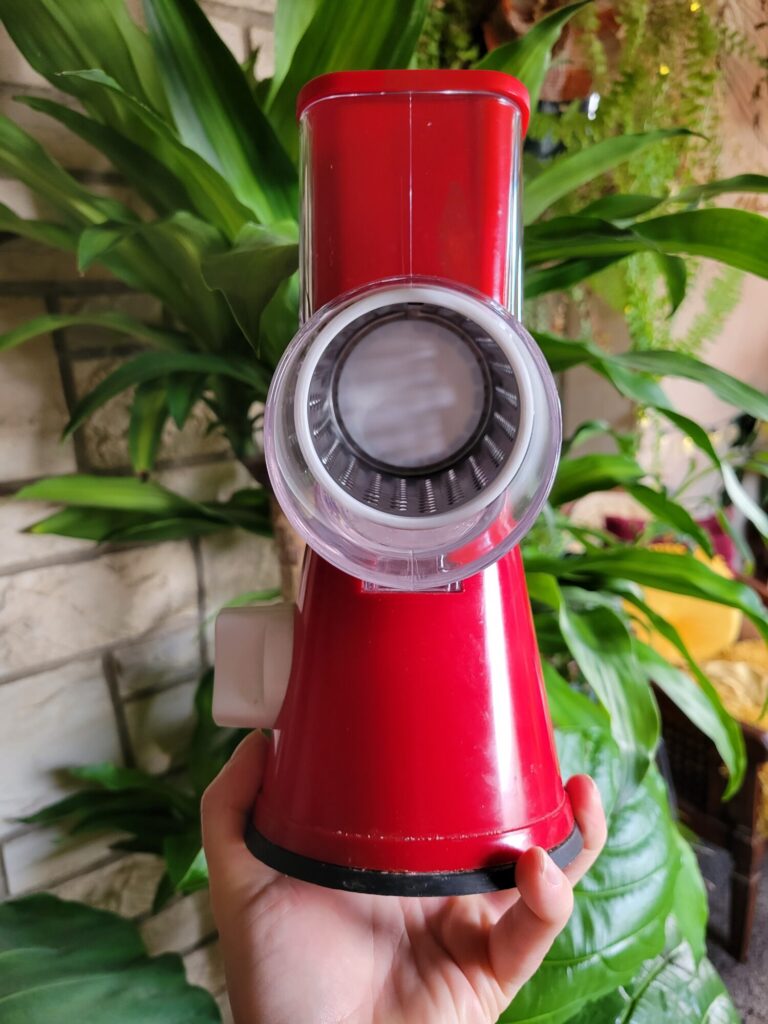
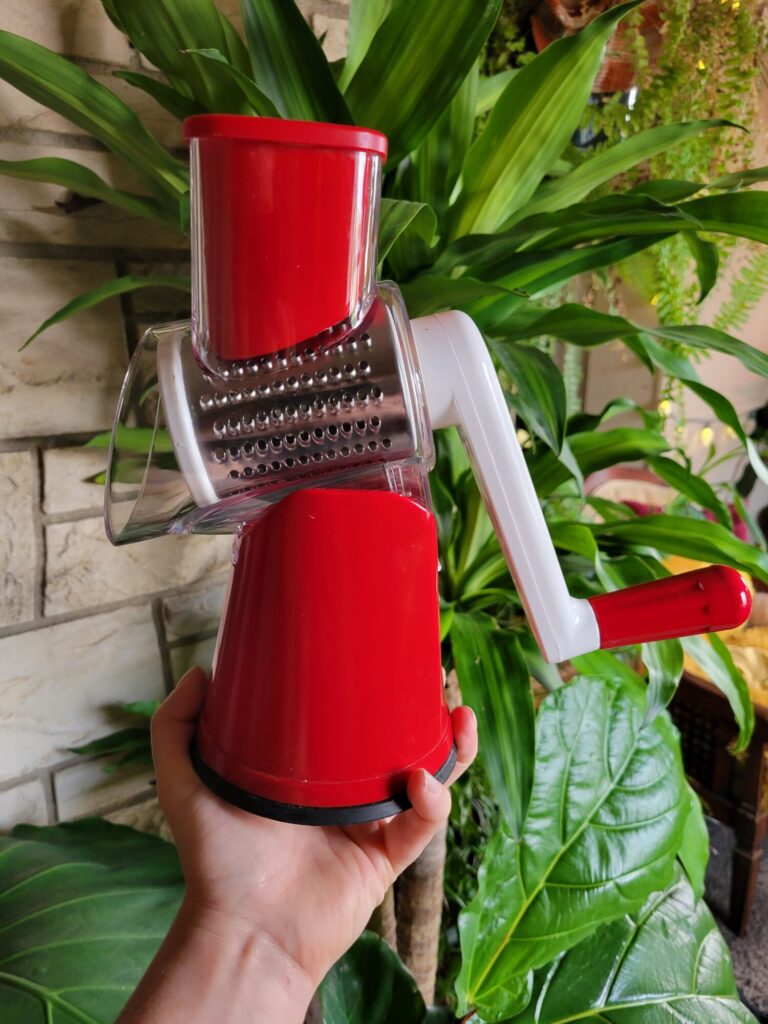
Do You Need a Cheese Grater or Can You Buy Pre-Grated Cheese?
I'm not sure that I've ever seen pre-grated Gruyère or Emmentaler. Although you absolutely can find a variety of cheeses that you could potentially make fondue out of and I know a lot of people these days don't even own a cheese grater any more. Unfortunately, it is actually a necessity here!
Pre-grated cheese is coated with wood pulp. That's why, when you use pre-grated cheese, it doesn't melt properly. It's coated in an anti-caking agency specifically to keep it from sticking together while in the package. So, when you go and try to intentionally melt it together? There's still that film on it to prevent precisely this. This adds that "chalky" flavor to pre-shredded cheese and is one of the reason that your homemade cheese sauces are breaking.
So no, you can't buy pre-grated cheese. You're going to have to go out and get a cheese grater. Personally, I prefer the rotary style ones because they require a lot less elbow grease than sitting there all day with a conventional cheese grater! But that's entirely up to you. Just do actually grate your own cheese.
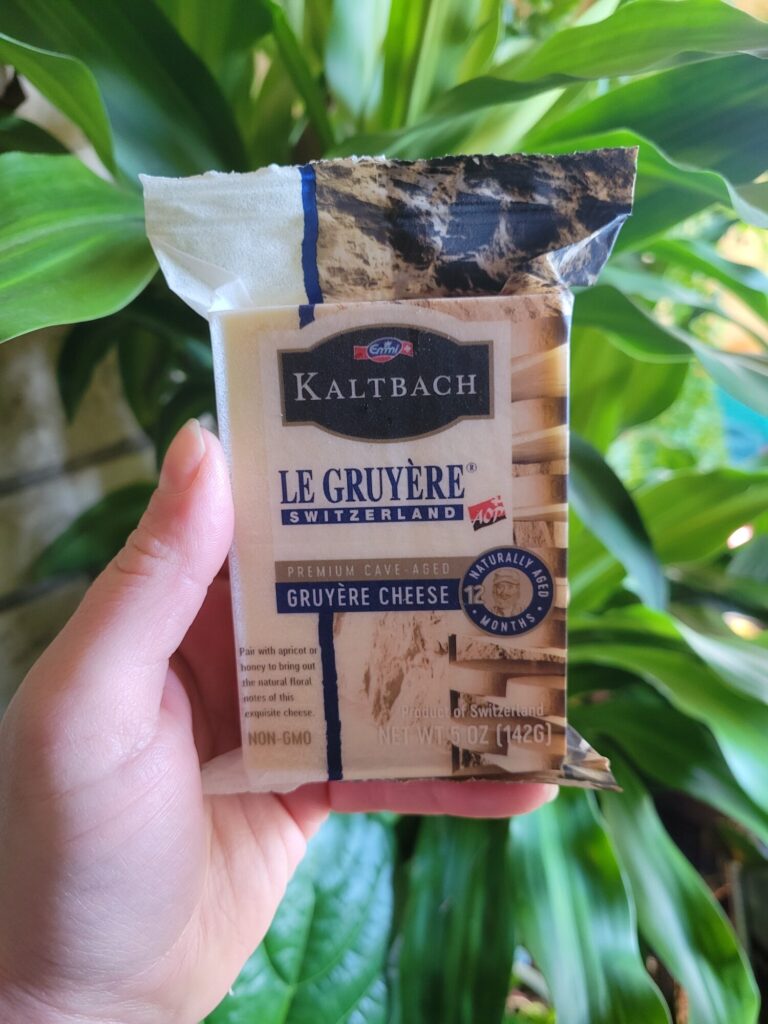
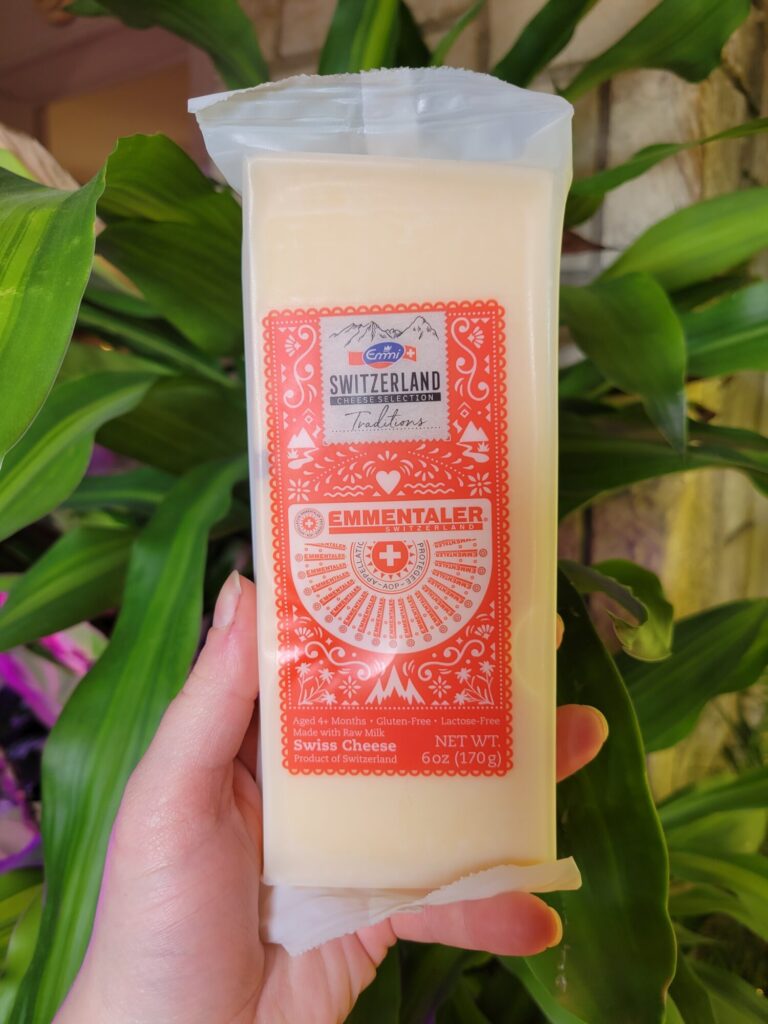
What Kind of Cheese Do You Need?
The standard cheese for fondue is typically Gruyère and Emmentaler. These are both semi-hard Swiss cheeses that are quite similar in taste and texture. Gruyère tends to be a little bit sharper. I tend to prefer it and find that it works in a wider variety of dishes. However, they are both fairly similar and come with a bit of a price tag to boot. Gruyère tends to be a little bit less expensive, but they're both going to be at the higher end of the price spectrum at your typical grocery store. I've noticed that they're more mid-range at more boutique grocery stores and I tend to get a better price there. But they are usually available at a lot of grocers.
Now, you don't absolutely need to use Gruyère and Emmentaler! I frequently substitute other kinds of Swiss or semi-hard cheese. Really any cheese that you can get through a cheese grater will likely due. Just avoid the softer and crumblier cheeses, like brie or feta. I recently used Manchego, which is a type of sheep cheese made in the La Mancha region of Spain. It was absolutely delicious! And quite a bit less expensive because they sell it in bulk at Costco. I've also used cheddar quite a few times and it works great as well.
One of things that keeps me from making fondue as much as I'd like is the absolutely ludicrous prices of cheese. So, don't be afraid to experiment here! There are plenty of other flavor profiles that you can play up or down depending on the season and the type of cheese that you use. During the holidays, I tend to add nutmeg and sometimes pumpkin or squash to the recipe with a batch of homemade bread. For the spring and summer seasons, I'll add a bit more lemon juice and mix apples, pears, and other fruit into the mix.

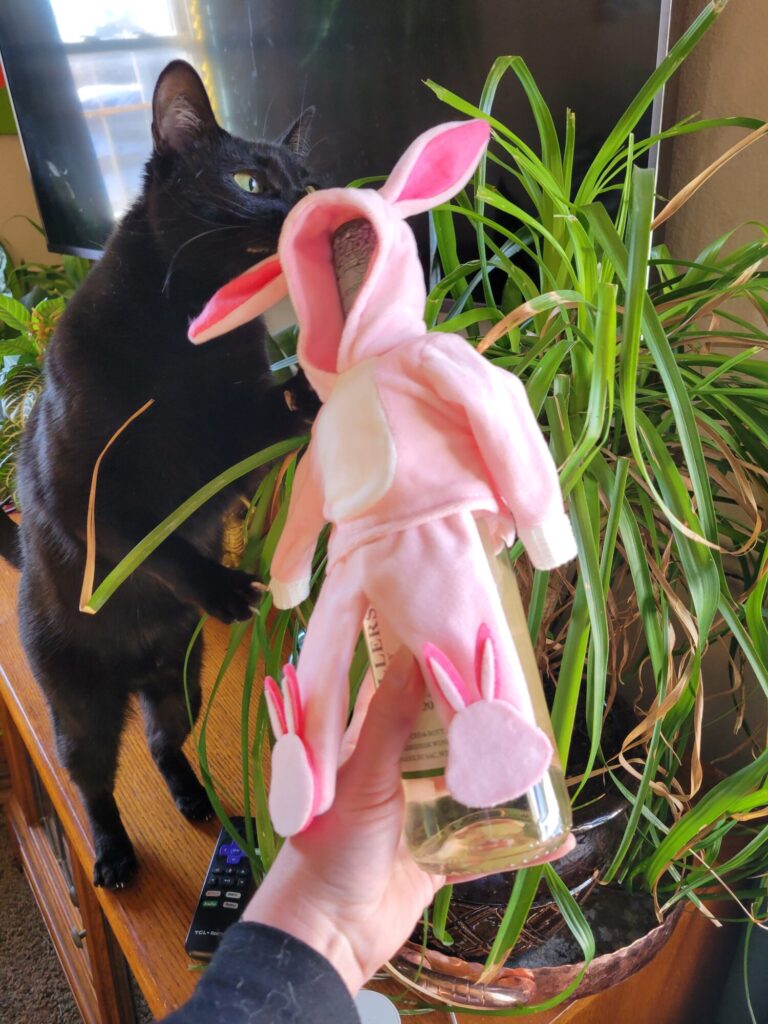
Do You Need a Pricey Bottle of Wine? Or Will the Cheap Stuff Do?
The general rule of thumb is that you don't want to use wine that you wouldn't drink. After all, you're adding wine for flavor. So, if you use a bottle of wine that doesn't taste good? It's not going to miraculously taste better in the vast majority of your dishes!
That having been said, I'm not putting top-shelf wine into a simmering saucepan. A decent quality inexpensive wine is perfectly fine. I tend to buy mid-shelf wine that's on sale for low-shelf prices. This might not be something that you're always going to be able to find when you're making fondue. But I tend to buy wine when it goes on sale and then keep a few bottles in the back of the pantry until I need them for precisely this reason.
Generally speaking, the more you have a taste and palate for wine, the more expensive you're going to have to go. If you're not a wine drinker? You're going to be able to get away with spending less. If you can't taste the difference between a $6 and a $60 bottle of wine? Adding cheese to it isn't going to change that. Fondue does get a large part of its flavor from the wine. So, if you are a wine connoisseur? Don't go for your best bottle, but also don't use any wine that you wouldn't drink!
Wine also tends to get sweeter as you cook it down, so you don't want to start with an already sweet wine. Avoid the chardonnays and the pinots and for everything that is holly, do not go anywhere near a moscato! A dryer white wine is going to work out a lot better. I tend to opt for a sauvignon blanc because that's what I prefer to drink and will ordinarily have a glass alongside of my fondue. However, any dry white wine that you would drink is perfectly adequate.
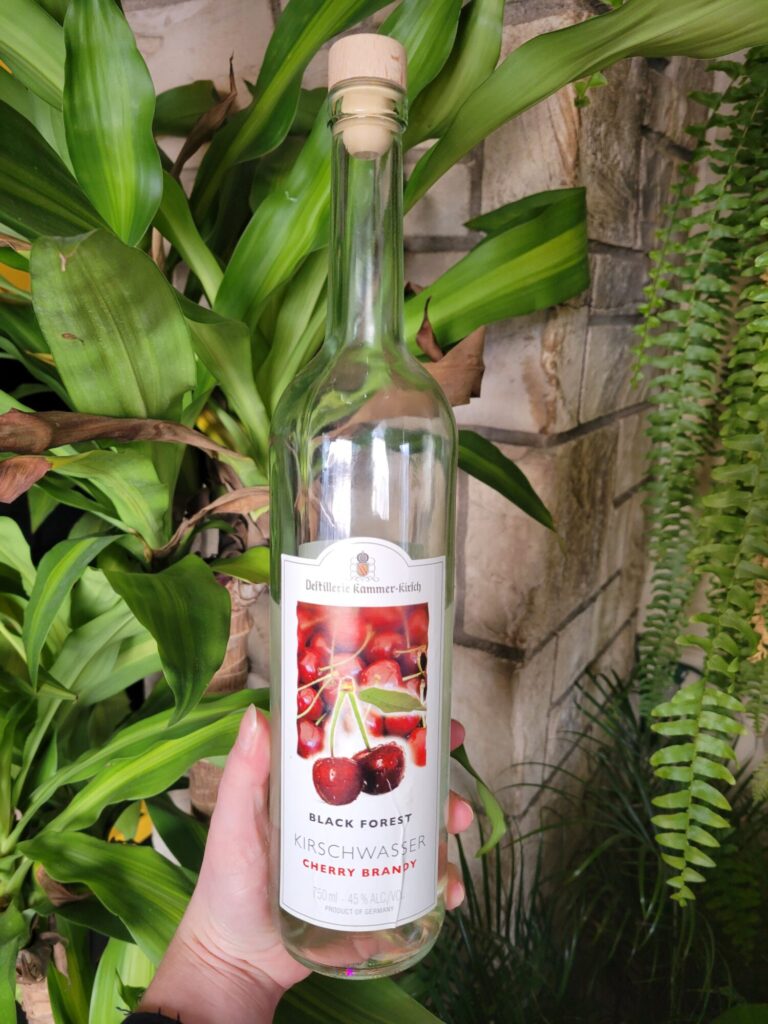
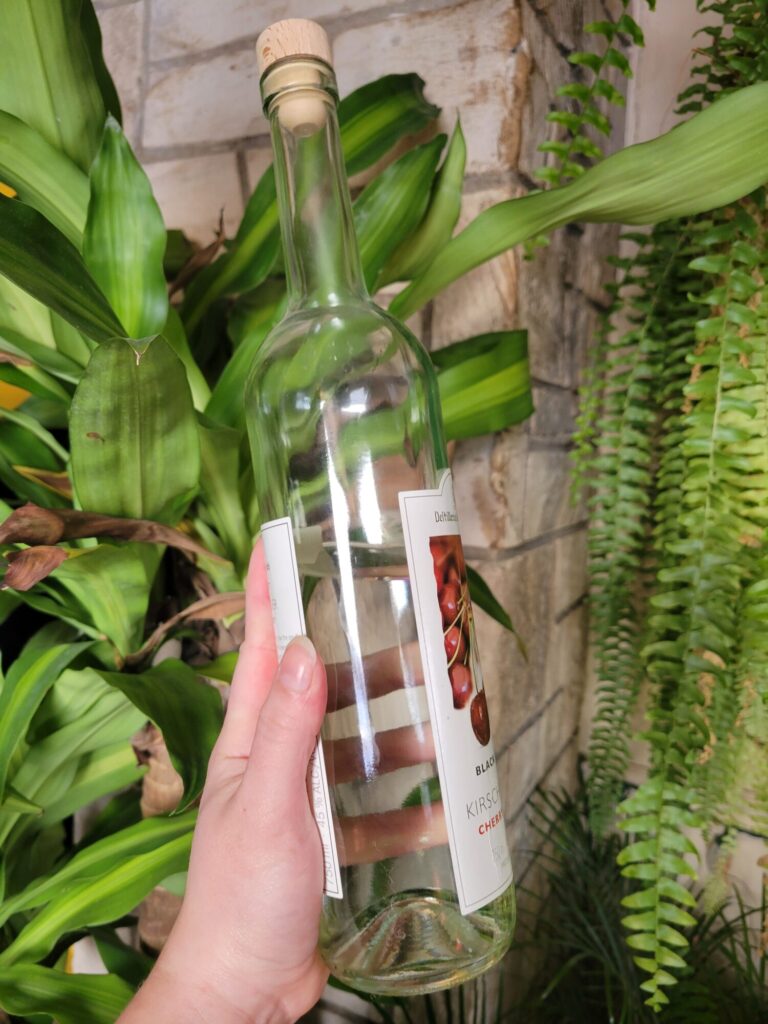
What Exactly is Kirsch?
Kirsch is a cherry brandy. It's made from a sour variety of cherries and are incredibly dry with a slight cherry and almond flavor. If you've ever tasted fondue and there's a subtly rich flavor that you can't quite place? That's kirsch.
It's important to note that cherry brandy should not to be confused with cherry liquor! Which is much sweeter and not the flavor profile that you're going with here. They're oftentimes mistaken for one another and absolutely cannot be substituted.
Kirsch is on the more expensive side. You will probably not be able to find it at your local grocery store. It's certainly not something that you're going to come across it by accident. You're probably going to have to go to a large, warehouse-type store that has everything or a small, specialty liquor store that stocks the less typical varieties. The last time I bought kirsch, I had to call around to SEVERAL specialty liquor stores to track it down. It also tends to start around $30 a bottle and most places only have one variety to choose from.
Spending that much might sound counterintuitive given that I just told you not to do exactly that when buying wine. But keep in mind that you're using a tablespoon at a time for this. In a 750ml bottle there are 50.721 tablespoons. That means that you could make 50 batches of fondue out of a single bottle. So, while the price tag might seem a bit high at first? It's really more of an investment in future fondue.
If you're making fondue for the first time and don't know if buying kirsch is worth it? Or if you simply can't find or have otherwise run out of kirsch? It's not explicitly necessary. It won't taste exactly the same and you might have that feeling that something is missing. Although you will still be able to make fondue in the end.
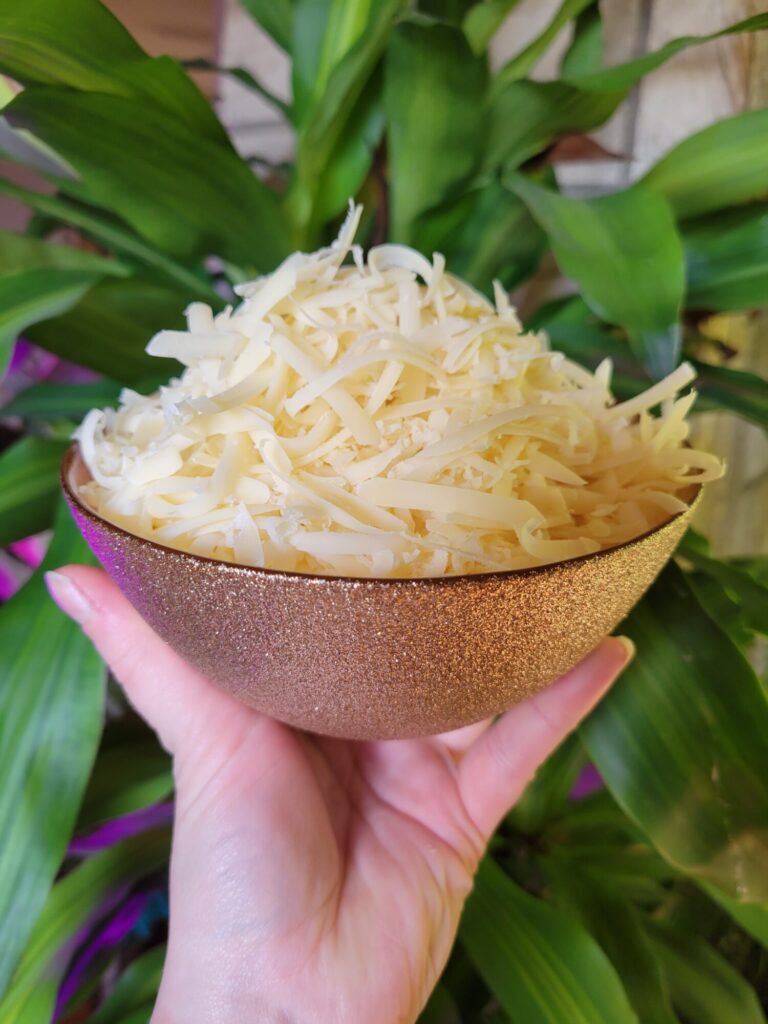
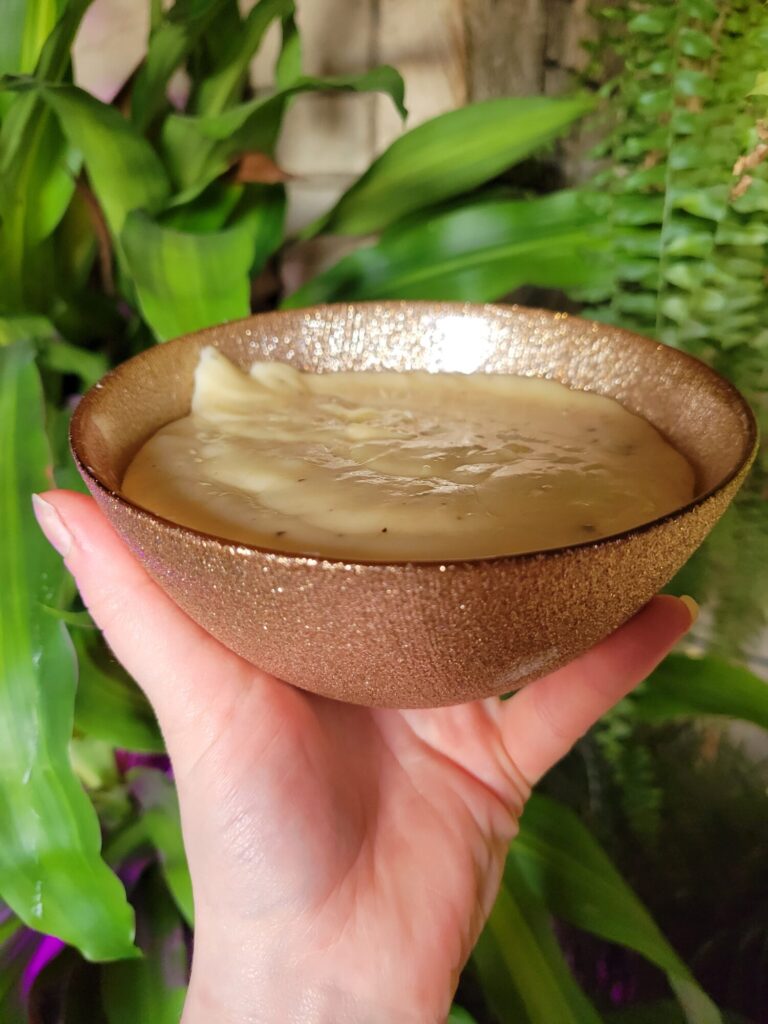
How to Fix a Fondue that Has Thickened
It can be easy to step away from a warming saucepan of fondue and all of a sudden end up with a consistency that's too thick. If you let it set too long before serving or spend too much time incorporating the cheese? This can easily happen. It's also incredibly common for the cheese in a fondue pot to accidentally overheat it and then you all of a sudden end up with a fondue that isn't perfectly creamy and dipable.
So, don't panic. Just gradually add in more wine. This is something that happens with enough regularity for there to be an easy fix. Just place it back on the stove over medium-low heat and add some more wine. It's that simple. Stir in more white wine, a tablespoon at a time, until the desired consistency is reached.
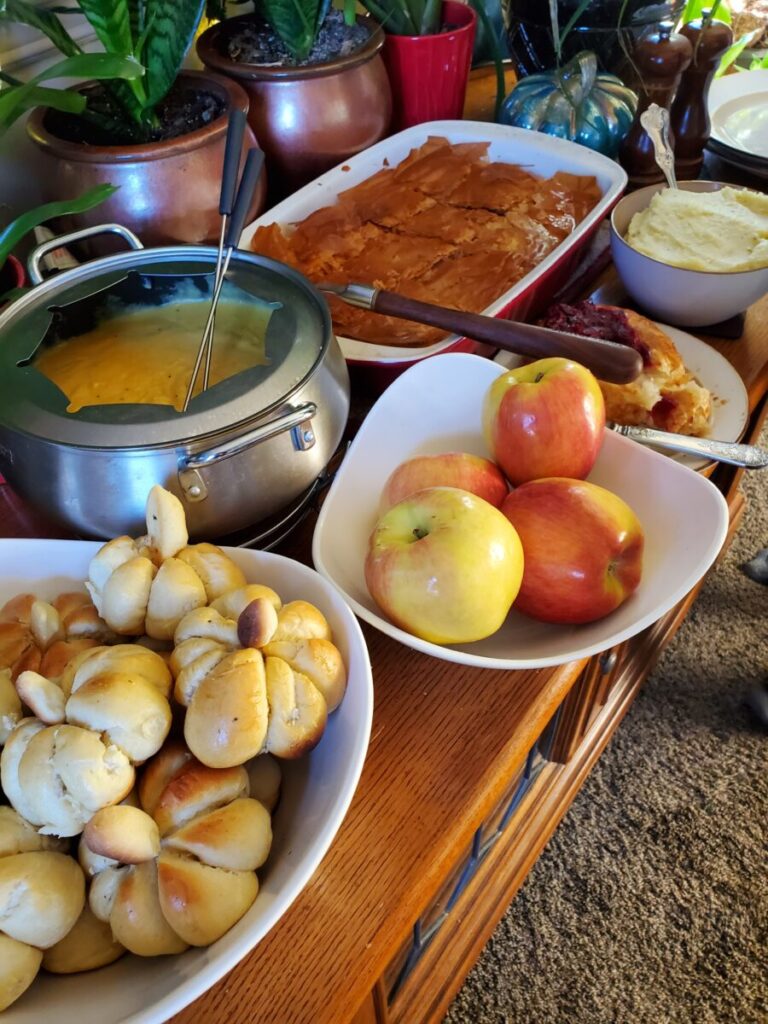
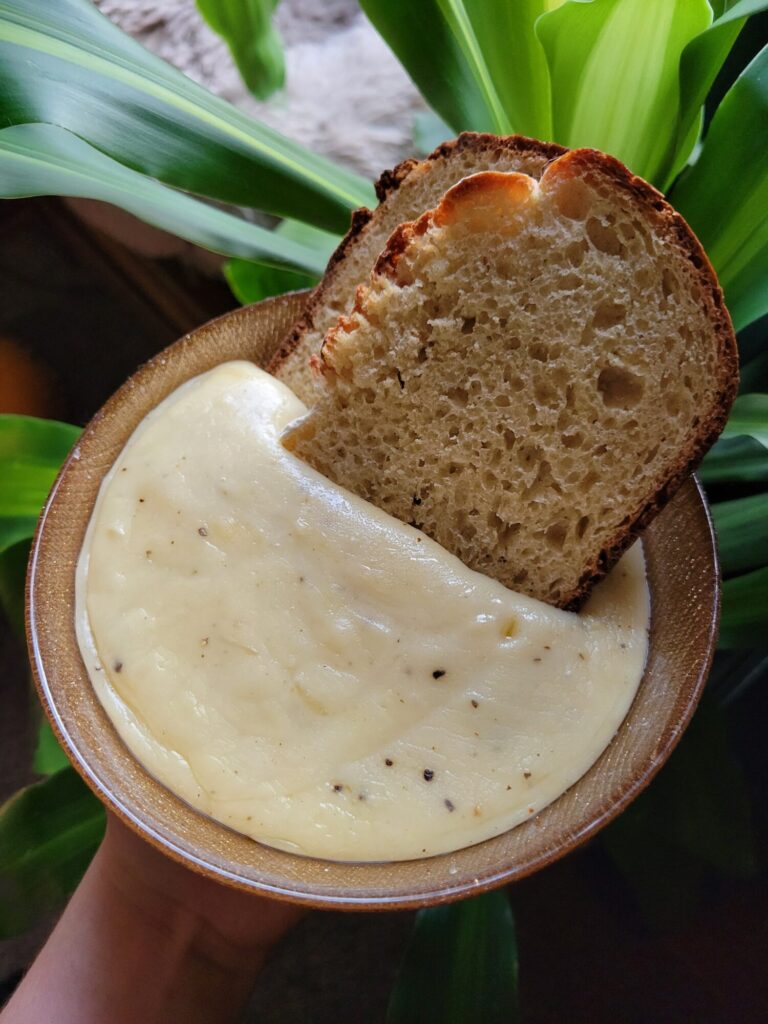
Does Fondue Cook Out the Alcohol?
No. Alcohol tends to cook out when it's boiled. Alcohol reduces the boiling point and is used in fondue to heat up the cheese enough without having to worry about it curdling. Liquor can sometimes be cooked out with simmering, but will likely still retain some of the alcohol.
When you're making fondue, there's a pretty good chance that some of the liquor is retained. That's why it's known for being a retro party food for adults. Not to mention the intimate nature of sharing a slowly simmering pot of cheese that you're collectively dipping into.
Alcohol-free fondue recipes tend to substitute apple juice or stock for the wine. I have never tried to make any of these, but it is a good option for kids or those who abstain from liquor. They do also make alcohol-free wines, which likely have a more similar taste. Again, I have never tried these and can give no real world advice on the matter. But I have anecdotally heard tales of these being suitable alternatives.
Gallery
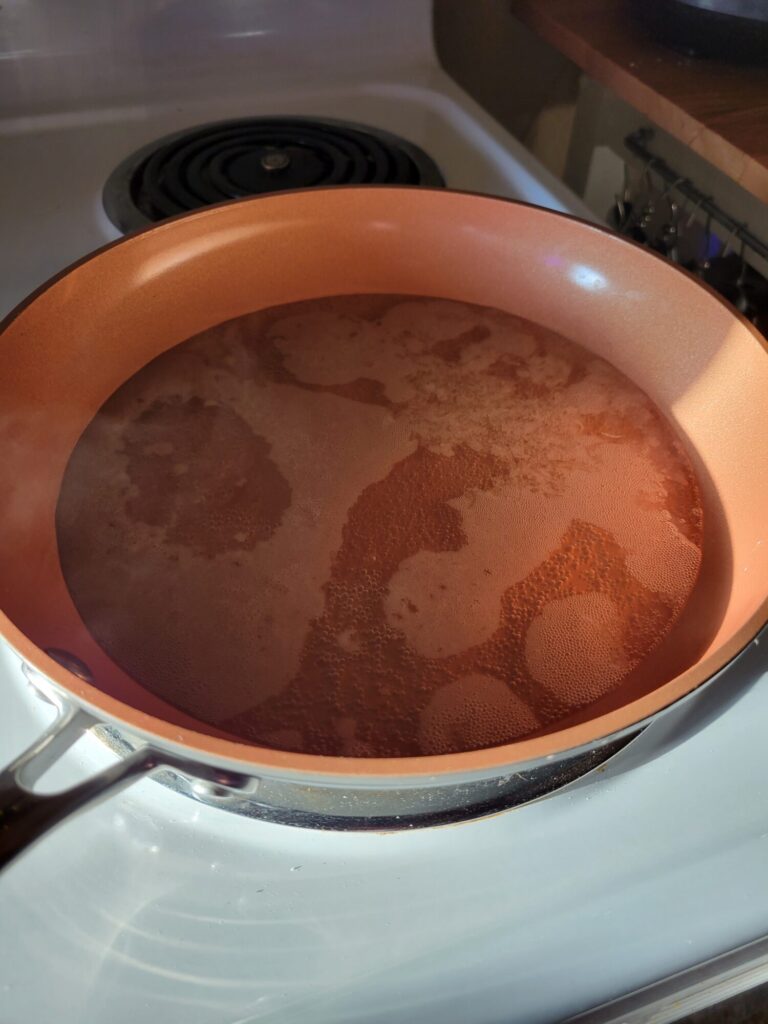

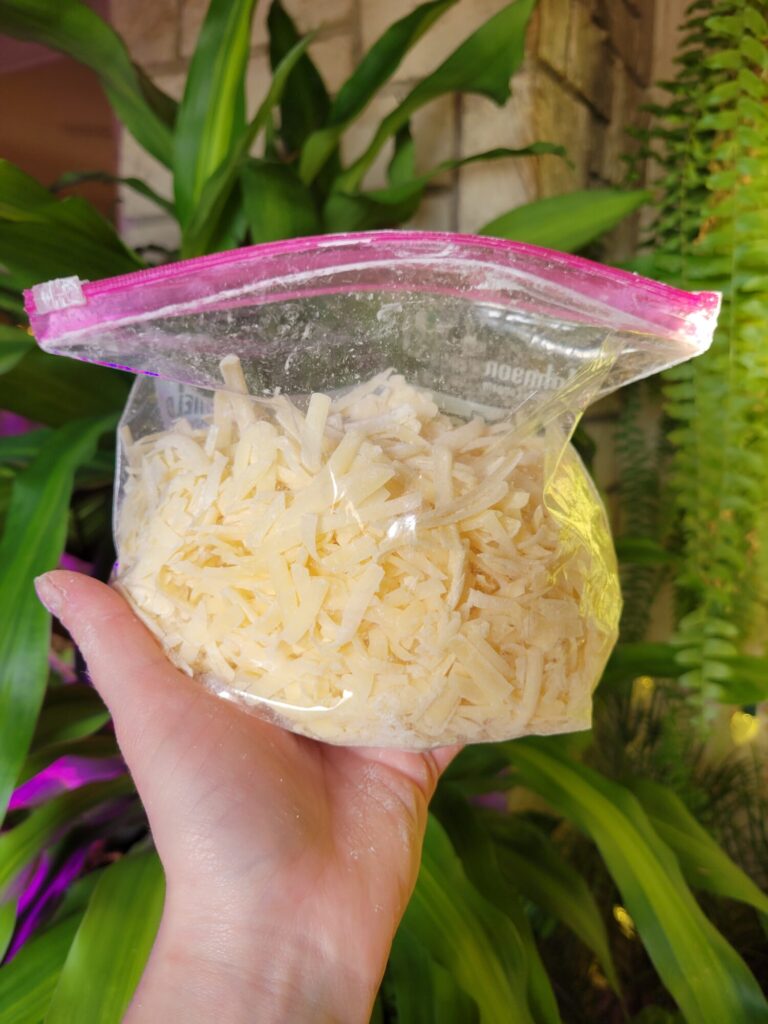
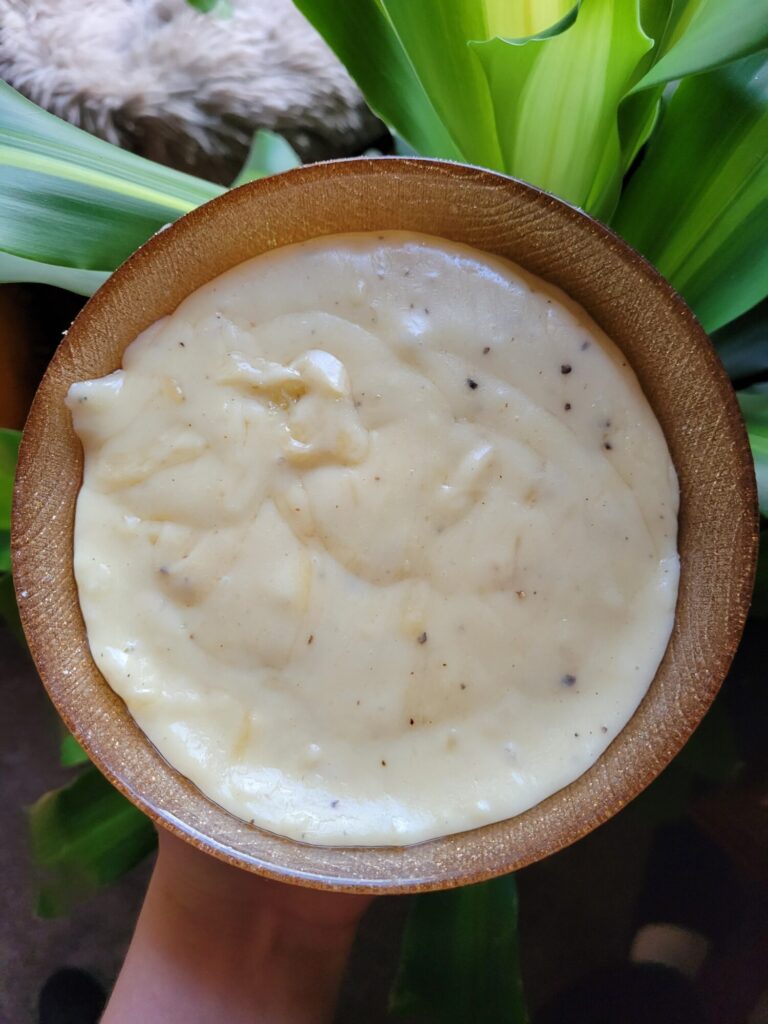
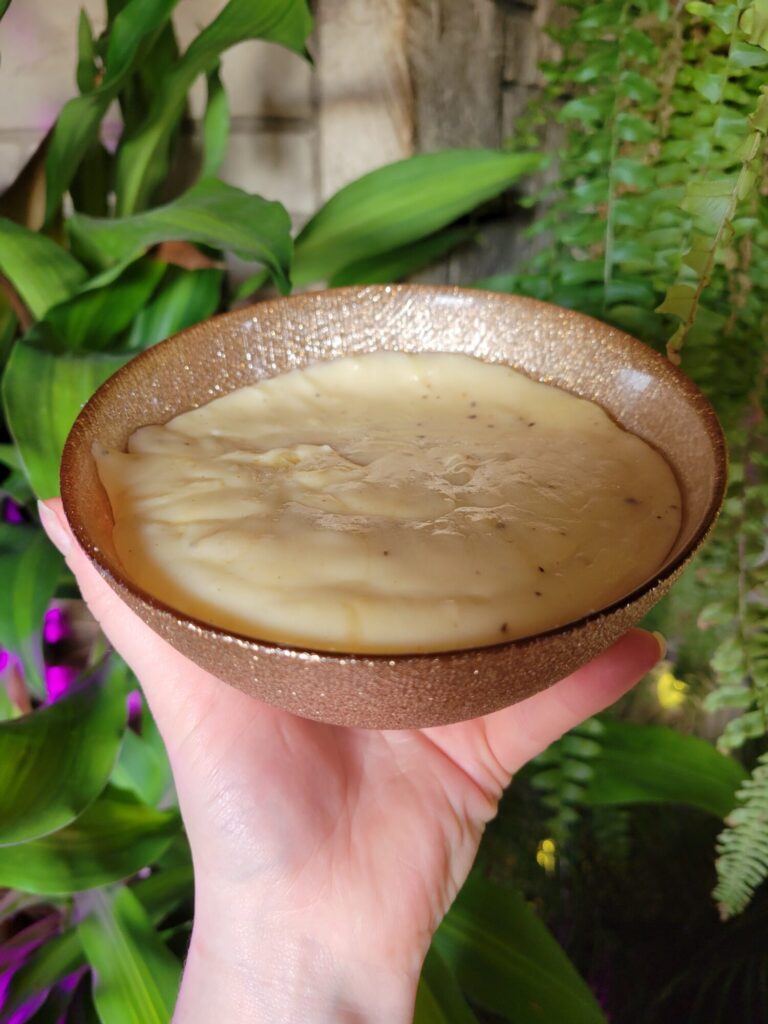
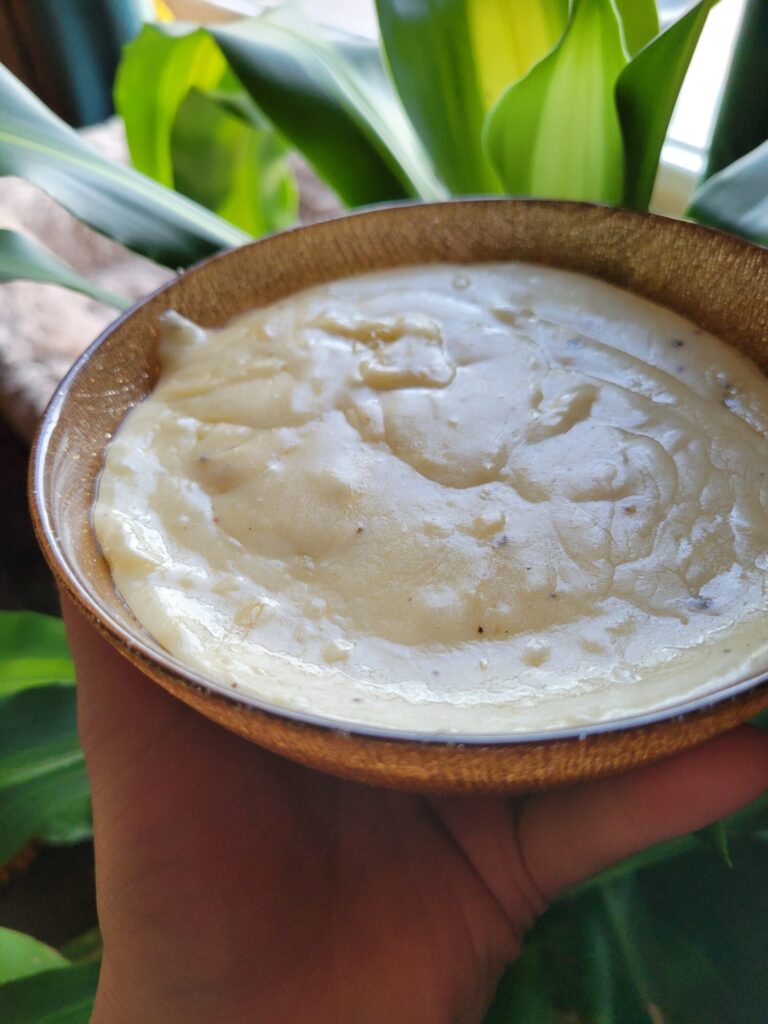
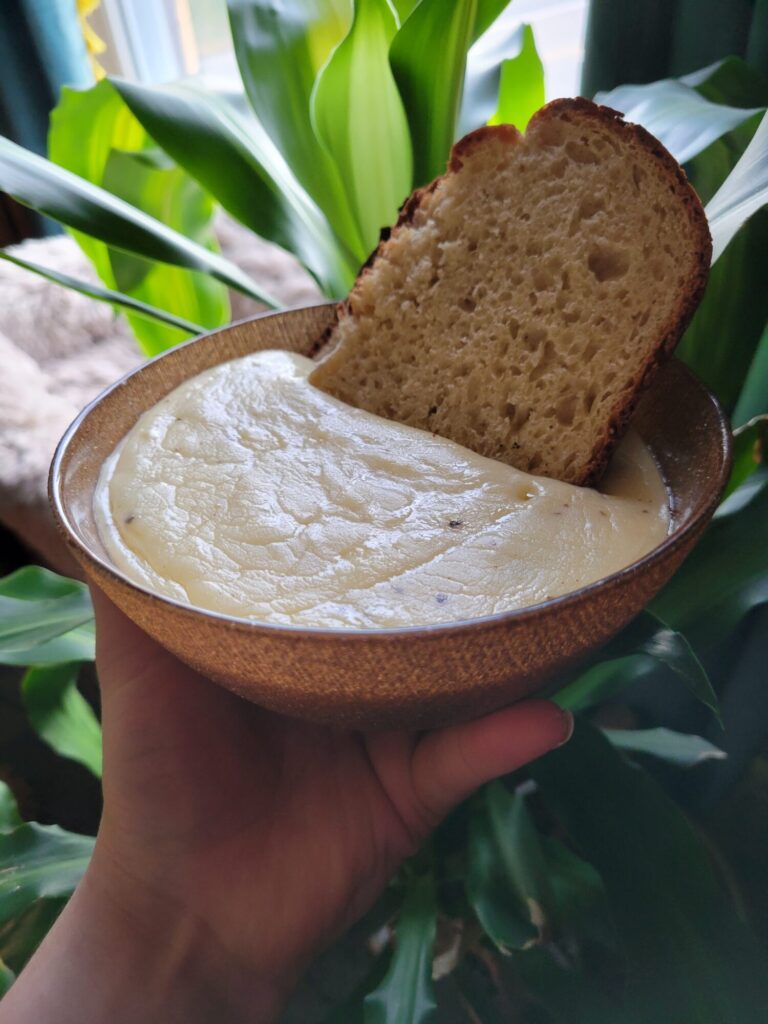

Variations of Fondue
There are plenty of different ways to make fondue. You can mix and match the alcohol, cheese, and flavors to mix things up. I'm personally fond of adding pumpkin or other squash during the festive fall months and playing up the flavor of different types of cheese throughout the seasons.
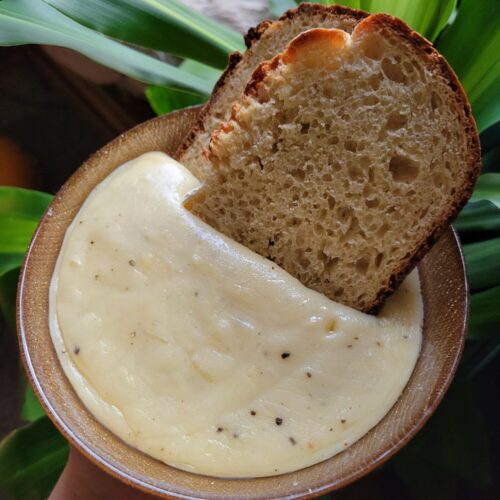
The Fundamentals of Making Fondue
Equipment
- Cheese Grater
- Small Bowl or Large Plastic Bag
- Saucepan
- Fondue Pot (optional)
Ingredients
- 1/2 lbs. gruyère cheese grated
- 1/2 lbs. Emmentaler cheese grated
- 1-2 tbsp. corn starch
- 1 c. dry white wine (I used sauvignon blanc)
- 1 tbsp. lemon juice
- 1 tbsp. kirsch
- 1/2 tsp. mustard
- dash salt
- dash pepper
- bread, apples, and/or produce of choice for dipping
Instructions
Prepare Ingredients
- I served this particular fondue with bread. You can easily buy this or substitute apples or any other produce of choice! Although, if you would like to replicate this recipe, I have an entire article on this No-Knead Dutch Oven Bread.
Fondue
- Grate cheese into a small bowl and toss with cornstarch. Make sure that all of the pieces are lightly coated.This will help the cheese from separating when you cook it. If you're having a tedious time getting the cornstarch coated without clumping, add the mixture to a large Ziplock bag and shake.
- Meanwhile, add wine and lemon juice to the saucepan and bring to a simmer.
- Once the wine mixture begins to simmer, slowly stir in the cheese about 1/4 cup at a time. Make sure to stir constantly until fully incorporated.The key to a creamy fondue is adding in the cheese gradually. If it’s added too quickly, the mixture will separate!
- Once all of the cheese is incorporated and the mixture is smooth, stir in the Kirsch, mustard, salt, and pepper.
- Serve immediately.You can do this by transferring to a fondue pot and maintaining about a medium heat. The fondue needs to be just warm enough to maintain the consistency. Reduce slightly if it begins to simmer and increase the heat slightly if it starts to solidify. You will need to stir it occasionally and adjust the temperature while eating. The less fondue that's in the pot, the lower the temperature will need to be.Alternatively, place the fondue in any bowl of choice and eat quickly! Fondue will re-solidify at room temperature, but it's a lot less work to eat out of a bowl than it is to hand wash a fondue pot afterwards.
Tips, Tricks, & Notes
- Fondue can sit in the fondue pot for a little while before serving, as long as you maintain the temperature. If it begins to cool, reheating may cause separation. If it starts to simmer again, it may thicken too much. Make sure to stir occasionally and check in on it!
- If you have a teflon fondue pot, like mine, never stir with a metal or other abrasive utensil. This will scratch the surface and both leach chemicals into the food and make it no longer nonstick.
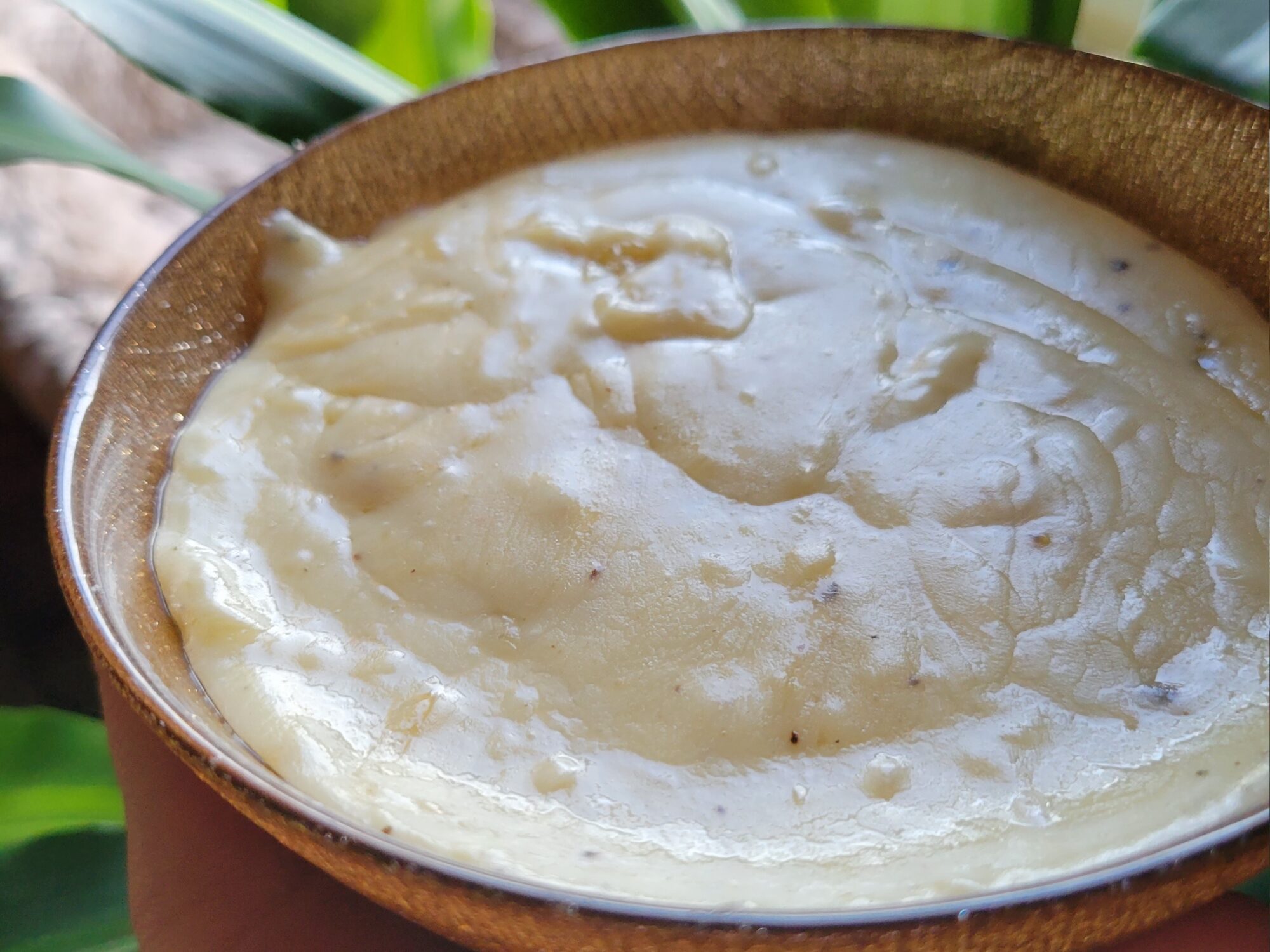
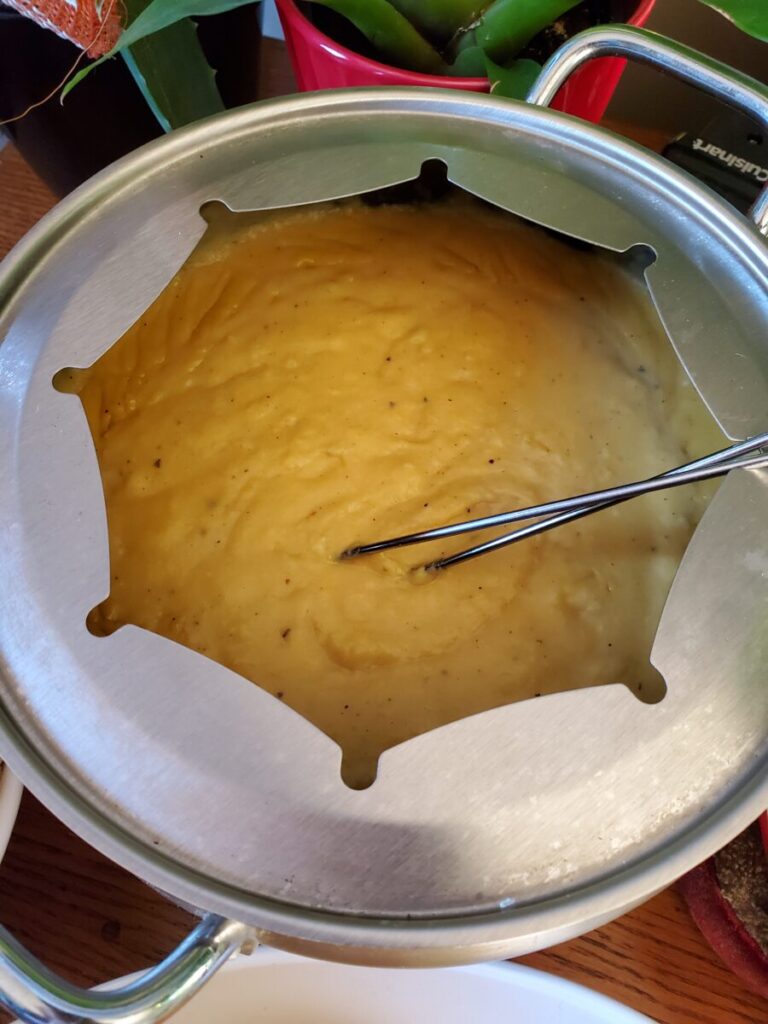
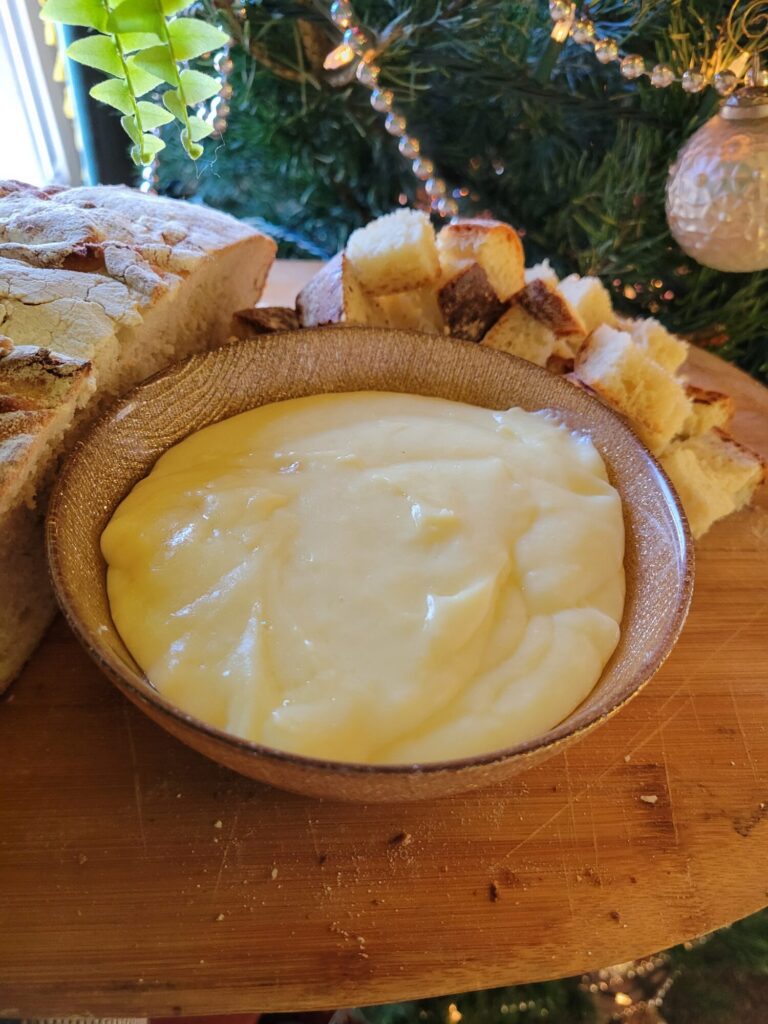
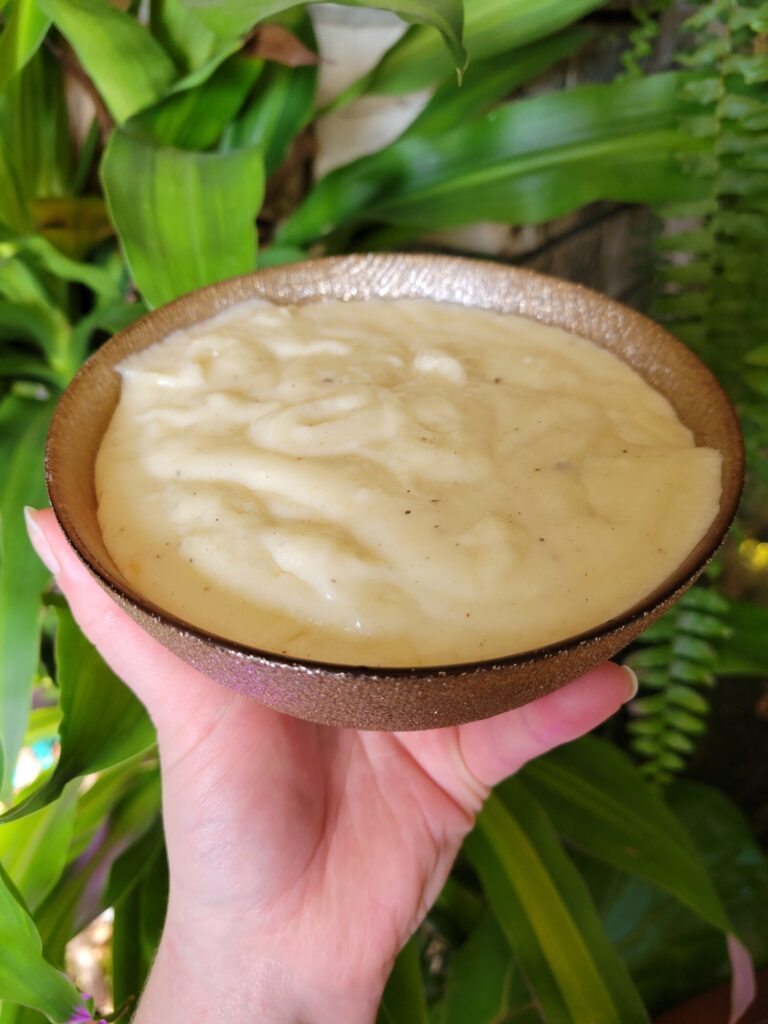
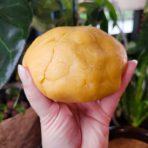
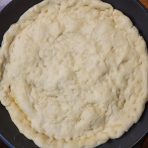
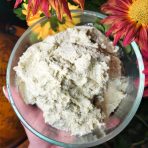
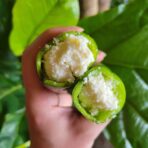
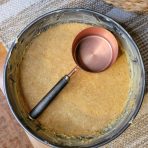
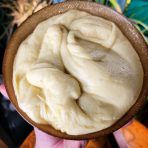

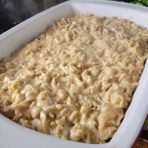
Leave a Reply